Image optimization is the process of improving the quality and size of an image to make it easier and faster to load on a website or digital platform. This means that you’re able to reduce any unnecessary bytes from your images, which in turn speeds up the loading times for your site.
No matter how great your Magento B2B eCommerce development services you received, optimizing images helps to improve user experience, SEO ranking, and overall performance.
Image optimization involves compressing the file size of images without sacrificing the quality so that it can be displayed quickly without taking too long to download. Additionally, optimizing visuals also increases engagement by making them more visually appealing.
Why It’s Essential to Optimize Images [Magento 2]

Image optimization is an important step in any website development process. Not only does it improve loading times, but also helps users have a better experience while browsing and viewing your content online. Here are some of the main reasons why image optimization is so important:
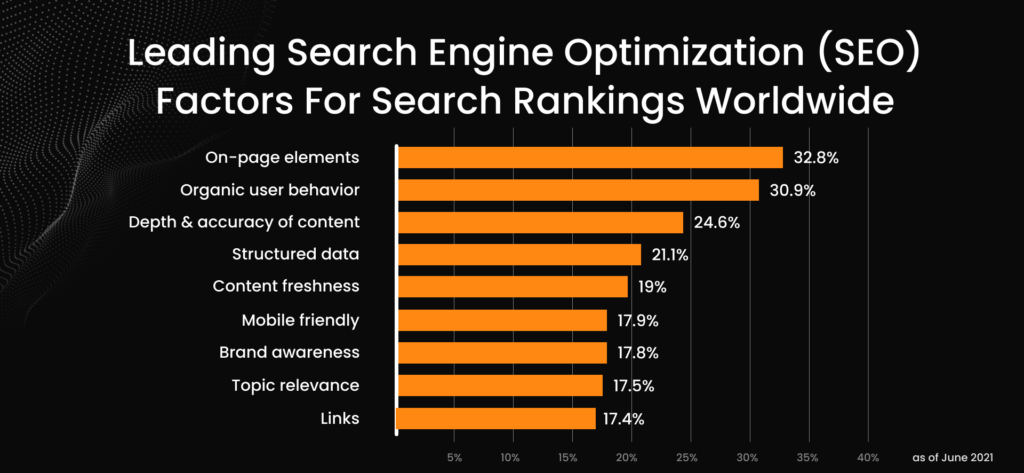
1. Faster Loading Times: Optimizing images can drastically reduce their file size without compromising quality. This means that webpages will load faster, which improves the user experience and reduces bounce rates.
2. Improved Search Engine Rankings: Image-heavy websites tend to be slower than those with optimized images, which negatively impacts search engine rankings. By optimizing images, you can help ensure that your pages perform well in searches and rank higher in SERPs.

3. Increased Accessibility: Optimized images are easier for visually impaired users to access, as they often require less data and resources than unoptimized images. This makes your site more accessible to a wider range of visitors.
4. Reduced Bandwidth Consumption: Optimizing images can reduce the amount of bandwidth that is consumed when loading your website. This means fewer resources are used up, resulting in lower hosting costs and improved reliability for all users.
Should I Optimize Images for My Magento Store?
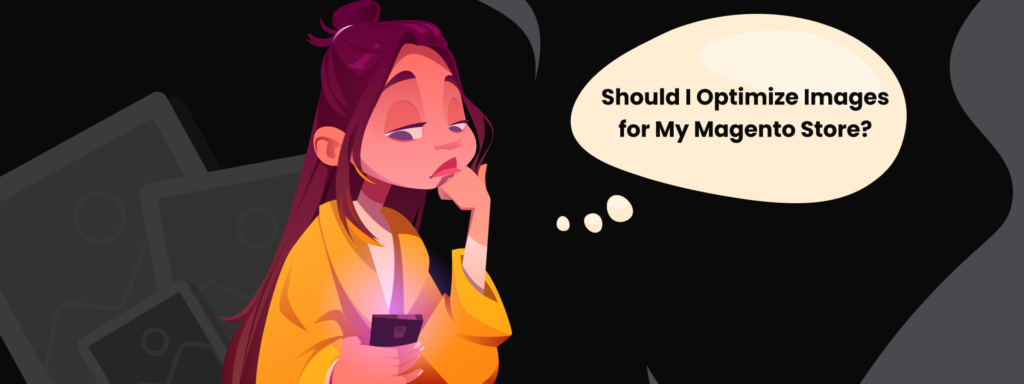
When it comes to Magento stores, image optimization is an important step that should not be overlooked. Optimized images can help speed up your website and improve the overall user experience (read about must-have features for the best user experience). They also play a big role in SEO, as they can help you rank higher in search results.
Image optimization involves compressing images to reduce their file size without sacrificing quality. This means that images will still look good when viewed on any device, but take up less space. By optimizing your images, you can make sure that your Magento store loads faster and visitors have a better experience while browsing your site.
10 Methods of Magento Image Optimization

By utilizing these methods of Magento image optimization, you can improve both the performance and the design of your online store while helping ensure a positive shopping experience for all visitors. It may take some time upfront to set up and optimize images, but it’s definitely worth the effort.
1. Compression
Compression is the process of reducing the size of an image file by removing extra data. This removes unnecessary and redundant information from the image without sacrificing its quality. There are many tools out there for compressing images, such as ImageOptim or TinyPNG, that can help with Magento image optimization.
2. Resizing
Resizing involves changing the dimensions of an image to meet your store’s specifications. You can use photo-editing software like Adobe Photoshop to resize your images, or you could use a tool like Shopify’s Bulk Image Resize app to quickly optimize multiple images at once.

3. Format Conversion
Converting your image files into the right file formats can also go a long way towards optimizing them for Magento. Different image files take up different amounts of space on a server, and some formats compress better than others. Additionally, having the same format for all your images can help maintain consistency in your store’s design.
4. Lazy Loading
Lazy loading is a technique where images are only loaded when they come into view on the user’s screen instead of being downloaded as soon as the page loads. This not only reduces load times but also reduces unnecessary bandwidth usage, which will improve both user experience and search engine rankings alike. To enable lazy loading for Magento, you can use extensions like J2t_Lazyload or Amasty_Lazyload.
5. CDN: Content Delivery Networks
CDNs can help optimize your images by caching them on their servers and serving them to visitors from the closest geographical location. This helps reduce latency, resulting in faster load times and a better user experience. Using a CDN is an excellent choice for Magento image optimization since it not only improves performance but also increases security.
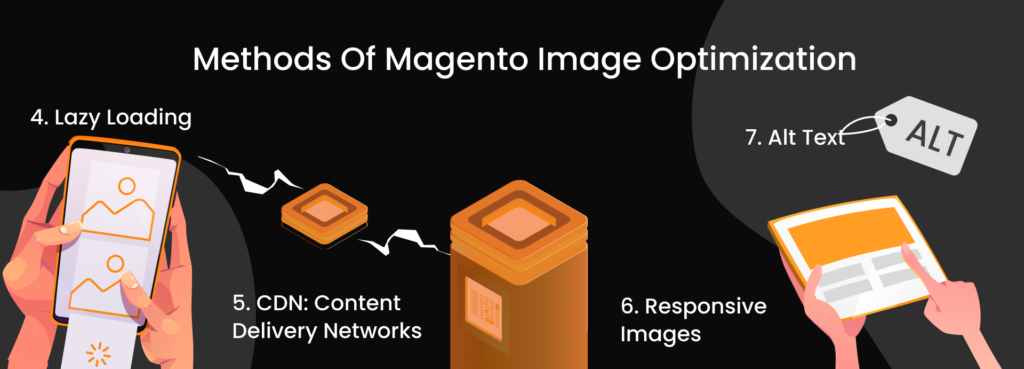
6. Responsive Images
For best results, you should ensure that all of your images are responsive, meaning they adjust according to different screen sizes and resolutions. Having separate versions of each image for different devices will help make sure the right size is served up depending on the visitor’s device, which ultimately reduces page loading times and improves the overall user experience.
7. Alt Text
Adding alt text to your images helps search engines better understand what is displayed in an image, which can help with SEO rankings as well. Additionally, it’s also a great way to make sure that visually impaired customers can still access your store and make purchases effectively. Alt text should be descriptive but not overly long, and you can use Magento extensions like TemplateMonster_AltText or FME_AltText to make adding them easier.
8. Image Caching
Caching is a method of temporarily saving an image on your server to reduce load times for repeat visitors. Magento provides the built-in ‘Cache Images’ feature which allows you to create cached versions of your images for faster loading when customers come back to visit your store. This improves user experience and reduces stress on your server as well.

9. Lossy Compression
Lossy compression can help reduce files sizes even further by removing data from the image that cannot be seen or noticed by humans. This type of compression works best with JPEGs, and can be done manually with photo-editing software or automatically using an app like Imagify. Just make sure to keep a copy of the original image file in case you need it later!
10. Lossless Compression
Alternatively, lossless compression is another way to reduce file sizes without compromising image quality. It works by removing unnecessary data from the image that isn’t visible to humans but still contributes to the overall size of the file. This type of compression works best for PNGs and GIFs, and you can use tools like TinyPNG or ImageOptim to quickly process multiple images at once.
By implementing these methods of Magento image optimization, you can optimize your store’s images while also improving performance, design, and customer experience. There may be a bit of work required upfront to set everything up, but it’s definitely worth the effort in the end! Good luck!
Plugins Optimize Images [Magento]
To make Magento image optimization easier, you can use special plugins for online stores. We’ve gathered the best of them in the list below. Check it out!
Magento Image Optimizer by Amasty
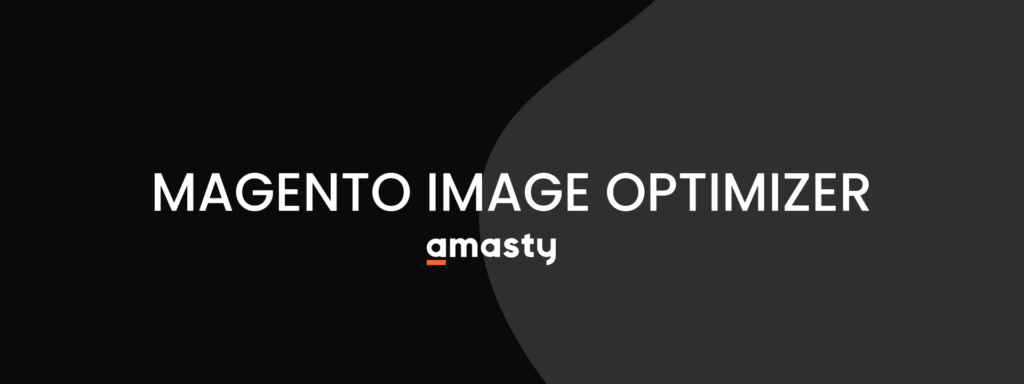
This plugin helps reduce the size of your images without sacrificing quality, making them load faster for a better user experience. It also offers an automatic optimization feature so you don’t have to manually optimize each image yourself.
Magento Image Resize Extension by FMEextensions

With this extension, you can easily resize and crop images in bulk or individually, as well as rotate them if need be. You can even add watermarks so that your branding is present on all of your images.
Magento Image Compress by MageCompress
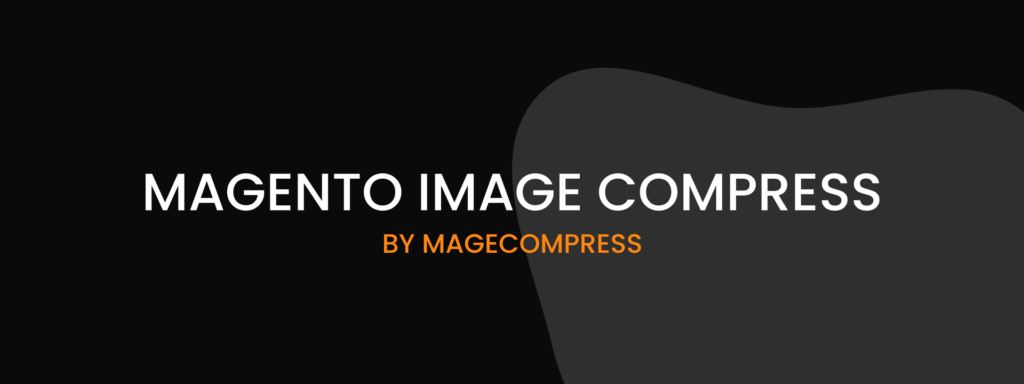
This plugin compresses and optimizes your images with just one click while retaining their original quality and resolution – perfect for reducing page loading times and improving your website’s performance.
Image Cleaner by Wyomind

If you have a lot of duplicate or unused images taking up space on your server, this plugin can help clear them out with just one click. It also helps optimize images that are already in use so they take up less room and load faster.
Magento Optimizer Extension by FMEextensions
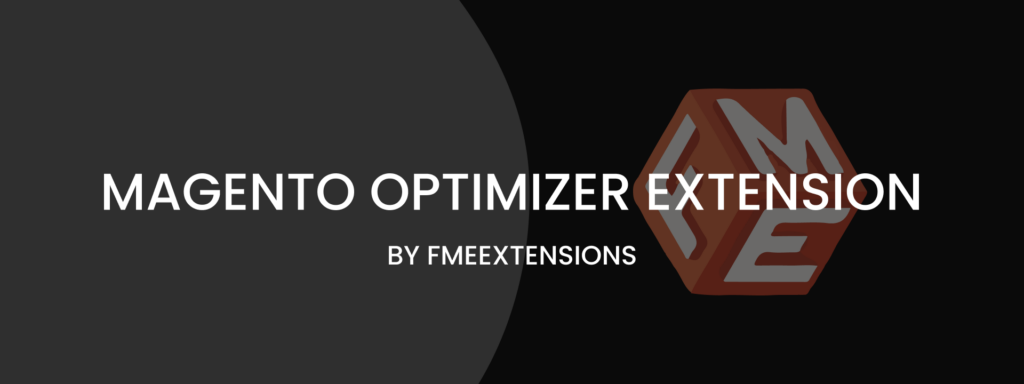
This extension optimizes all of your images for better search engine rankings as well as improved user experience with reduced page loading time on both desktops and mobiles. It also provides detailed reports about the optimization process, making it easy to track progress over time.
Image Optimizer by Wyomind

This plugin can be used to optimize and compress multiple images at once, with an easy drag-and-drop interface. It also supports several file formats and can even detect broken or missing images so they can be replaced with optimized versions quickly.
Image Optimization Extension by Amasty

This extension will help reduce the size of your images without compromising on quality, as well as automatically convert them into web-friendly formats for better performance and faster loading times.
Image Optimizer Extension by MageCompress
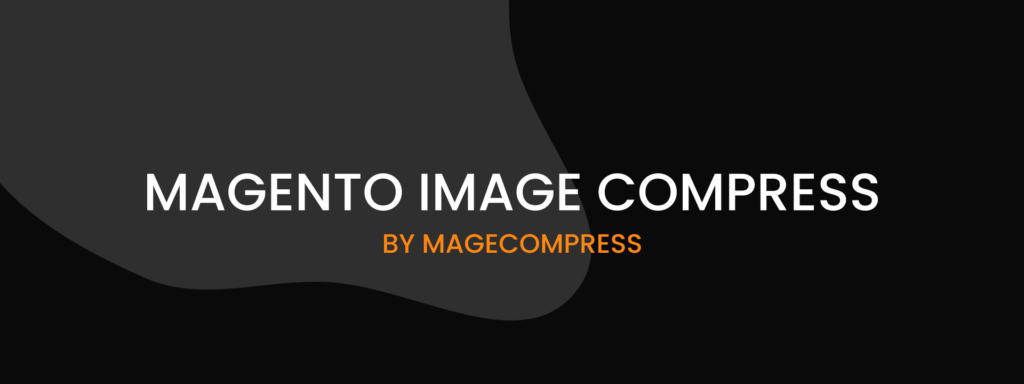
This plugin offers advanced optimization and compression of your images, as well as the ability to optimize them according to device type for better performance on both desktops and mobiles.
Magento Image Optimization Extension by Wyomind

This extension helps reduce image sizes without affecting their quality or resolution, while also optimizing them so they can be viewed faster on all types of devices. It also supports various file formats and can detect broken links easily so you can replace them quickly with optimized versions.
FAQ on How to Optimize Images in Magento
Let’s answer the most common questions about Magento image optimization.
Q. How often should images be optimized for SEO?

A. This all depends on the size and scope of your website, as well as any changes you make to it regularly. Generally speaking, however, images should be optimized for SEO at least once a year and whenever major updates are made to your site or new content is added.
Additionally, if you use images in digital marketing campaigns or other promotional activities, these should also be optimized for SEO before they are published online. By doing this regularly, you can ensure that your images are helping rather than hindering your SEO efforts (everything you need to know about SEO for eCommerce).
Do you want to have a SEO-optimized Magento store?
Leave us your contact details and we’ll get in touch with you.
Q. What are the benefits of SEO image optimization?
A. SEO image optimization can have numerous positive effects on your website’s overall performance in search engine results pages (SERPs). By optimizing images, you can ensure that they are properly sized and compressed for faster loading times, which is a key factor in improving the user experience of your site.

Besides, by including descriptions and keywords with each image, you can make them more discoverable in search engine results and help to drive more organic traffic to your content. Finally, optimizing images will also help to reduce bandwidth costs associated with hosting high-resolution versions of images online. All of these benefits combine to give you a strong foundation for effective SEO practices.
Q. What other SEO techniques should I consider?
A. SEO image optimization is just one of many techniques that can be used to improve the visibility and performance of your website in SERPs (read about other SEO techniques). Other tactics such as keyword research, content optimization, link building, and website structure optimization can all be used to further increase your visibility and authority online.

What’s more, combining these techniques with a comprehensive digital marketing strategy will help you maximize the potential impact on your SEO efforts. For more tips and tricks on optimizing for SEO success, visit our blog or contact a member of our team for advice!
Q. Are there any risks associated with SEO image optimization?
A. While there are some benefits to optimizing images for SEO, there are also some risks associated with this practice. If you do not take the time to properly optimize images or if they are incorrectly labeled and tagged, it can actually hurt your SEO performance instead of helping it.
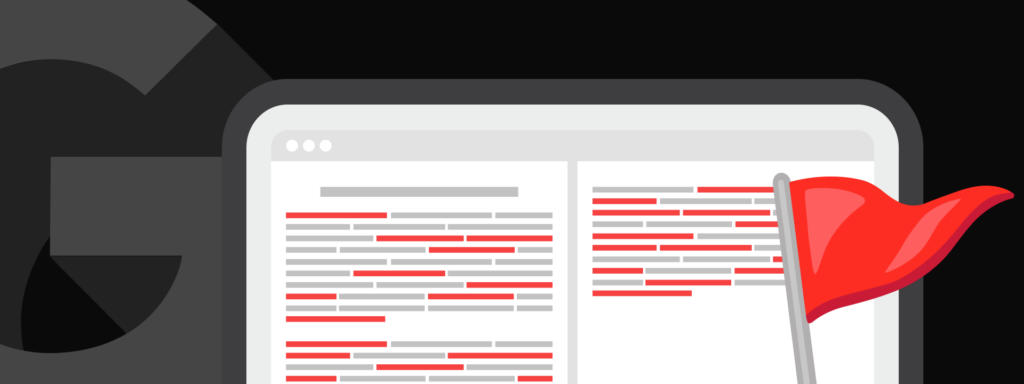
In addition, over-optimizing images by including too many keywords can set off red flags for search engine algorithms and lead to a penalty or lower rankings in SERPs. To ensure that you’re getting the best results from your SEO image optimization efforts, make sure that you’re taking all of these factors into account before making any changes.
Q. What tools can I use to help with my SEO image optimization?
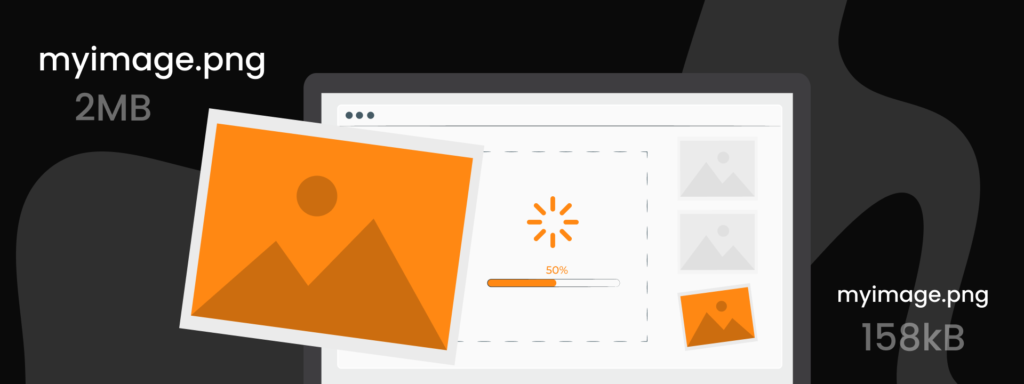
A. There are many tools available online to help streamline the process of optimizing images for SEO. These include free tools such as TinyPNG, which helps to reduce the file size of images quickly and easily, as well as more advanced platforms such as Image SEO Pro, which provides in-depth analysis on how to properly optimize images for SEO. Additionally, many modern content management systems (CMS) offer built-in features that make optimizing images for SEO simple and straightforward.
Q. What other tips do you have for successful SEO image optimization?

A. Successful SEO image optimization requires a combination of technical knowledge and creative insight. In addition to using the right tools, it’s important to consider factors such as user experience, when selecting images or deciding how they should be labeled and tagged.
Besides, taking the time to optimize images for specific keywords after getting Magento development services can help to further increase their discoverability in SERPs. Finally, make sure that you are regularly checking your image optimization efforts and updating them as needed to ensure they remain effective.
